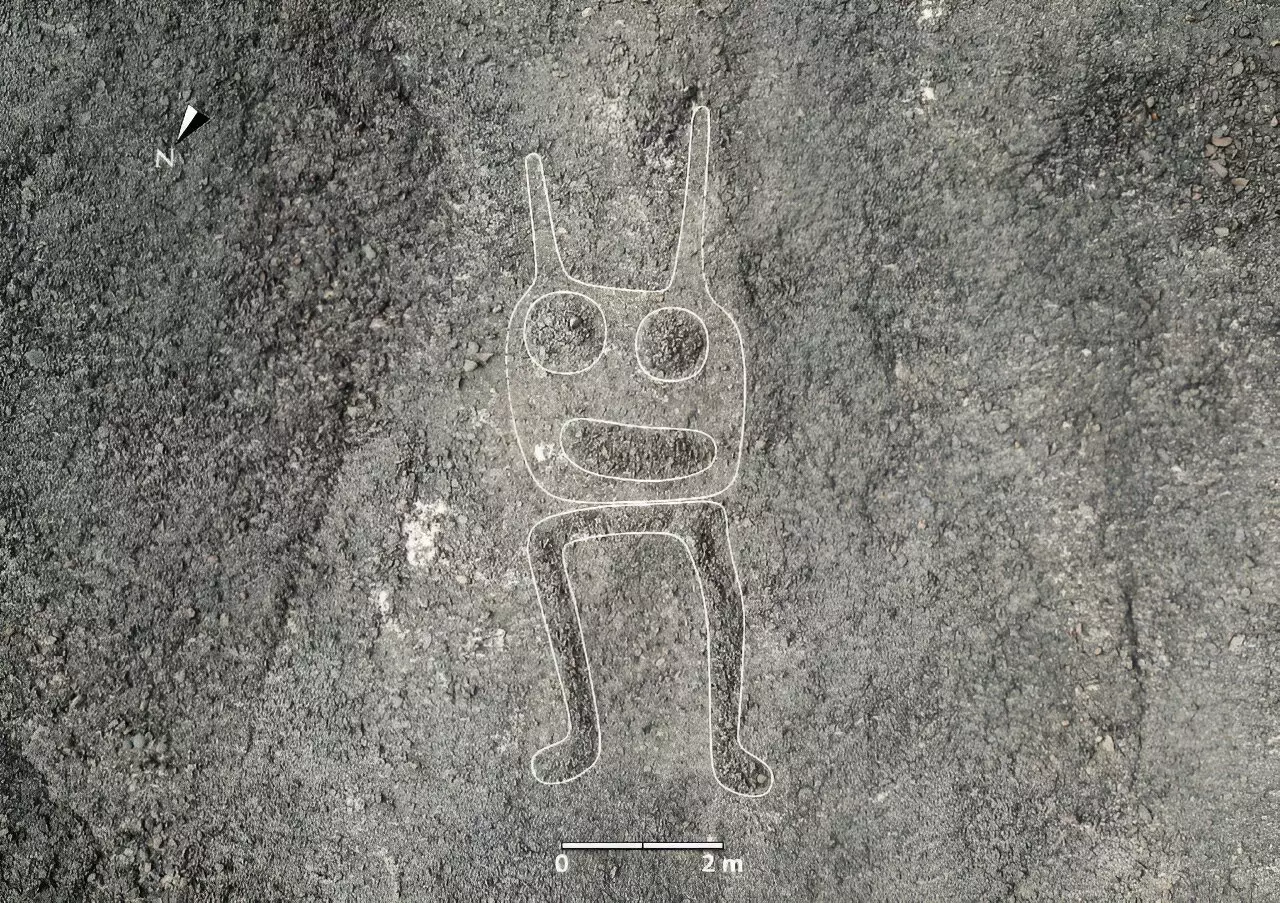Innovative advancements in technology often pave the way for breakthroughs in various fields, and archaeology is no exception. A striking example comes from Japan, where researchers have successfully employed artificial intelligence (AI) to reveal an astonishing 303 new geoglyphs in Peru’s Nazca desert, effectively doubling the known number of these ancient formations. This development alters the landscape of archaeological investigation, especially concerning the famed Nazca lines—a series of ancient geoglyphs etched into the desert floor that have captured human curiosity for nearly a century.
The Nazca lines are etched into the arid terrain of southern Peru, approximately 220 miles from Lima, and represent a mosaic of animals, plants, geometric shapes, and imaginary beings. These massive designs are best appreciated from an aerial perspective, making them a significant attraction for both researchers and tourists alike. Dating back to a pre-Inca civilization that thrived between 200 BC and 700 AD, these enigmatic figures have long posed questions regarding their purpose—ranging from astronomical alignments to religious rituals. Despite extensive study since their discovery in 1927, much remains shrouded in mystery.
The announcement of the newfound geoglyphs was made by archaeologist Masato Sakai from Yamagata University, who noted the collaborative effort between the university’s Nazca Institute and IBM’s research division. Sakai acknowledged that previous methodologies for geoglyph identification were laborious and prone to errors, often relying on high-resolution imagery and the painstaking process of visual identification. By switching to AI-driven methods, the team not only expedited the mapping of geoglyphs but did so with unprecedented precision.
The research, documented in the notable journal *Proceedings of the National Academy of Sciences (PNAS)*, highlights how AI can serve as a powerful tool in archaeology, even within established sites. Over the course of just six months, researchers identified not only large linear geoglyphs depicting wildlife but also smaller figures representing abstract humanoids and domesticated animals.
The Mechanism Behind the Discovery
The AI model utilized in this research was particularly adept at detecting smaller relief-type geoglyphs, which are often imperceptible to the naked eye. By analyzing vast quantities of geospatial data collected via aerial surveys, the AI was able to pinpoint prospective areas for further excavation. This efficient use of technology signals a transformative shift in archaeological methodologies, opening doors for future explorations where human limitations have previously hindered progress.
The revelations concerning the Nazca lines illustrate the potential for AI not only to enhance archaeological practices but also to redefine our understanding of ancient civilizations. As researchers explore the implications of these discoveries, lingering questions about the motivations behind the creation of the Nazca lines may eventually be addressed. The intersection of technology and archaeology could indeed lead us to a deeper comprehension of the remarkable societies that existed long before our time, shedding light on their cultures, beliefs, and remarkable achievements.
As AI continues to evolve, it is likely to become an indispensable ally in uncovering the secrets of our shared past, and this recent development in the Nazca desert is merely a precursor to what is yet to come.


Leave a Reply